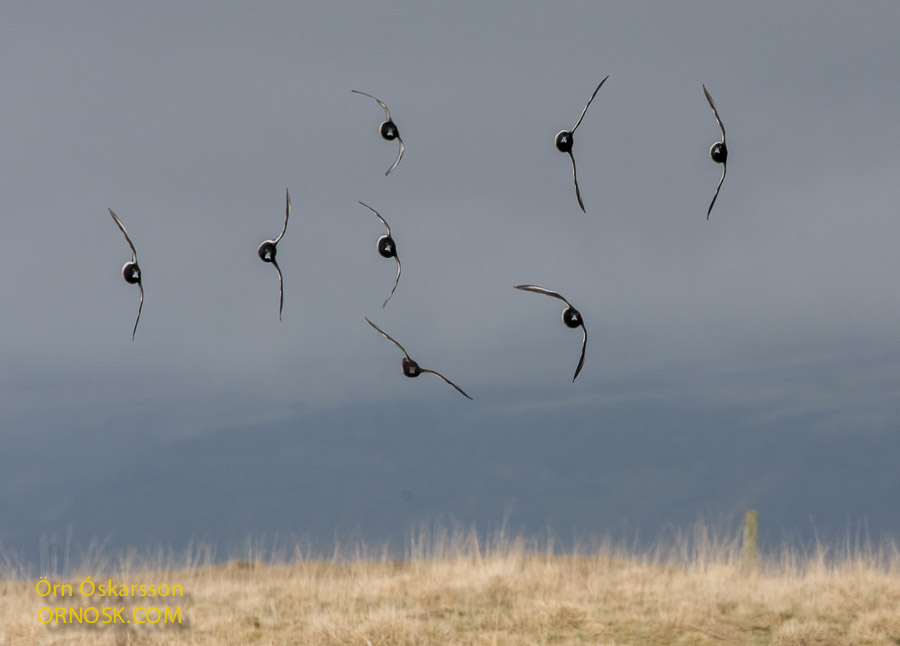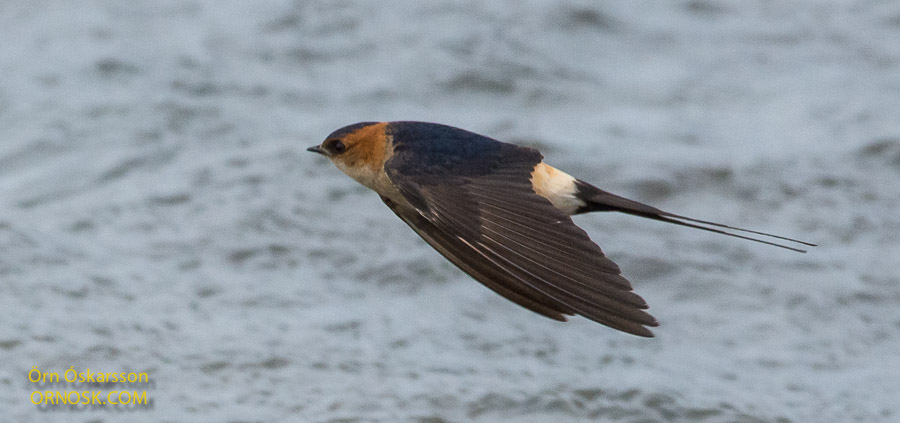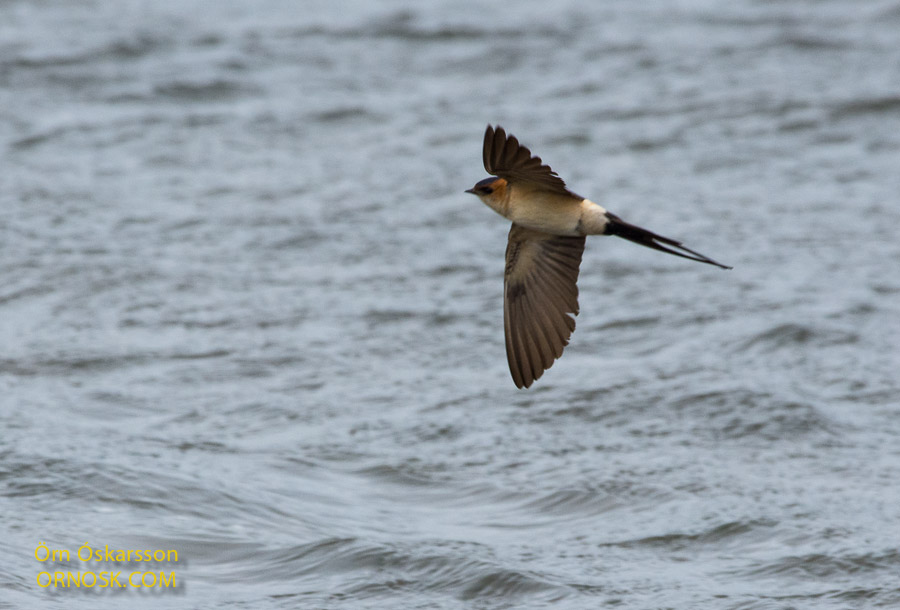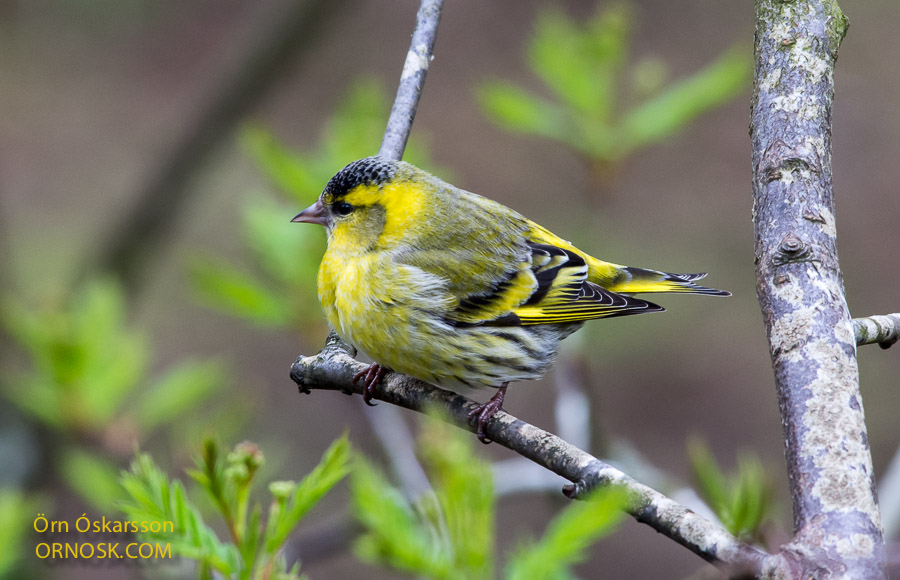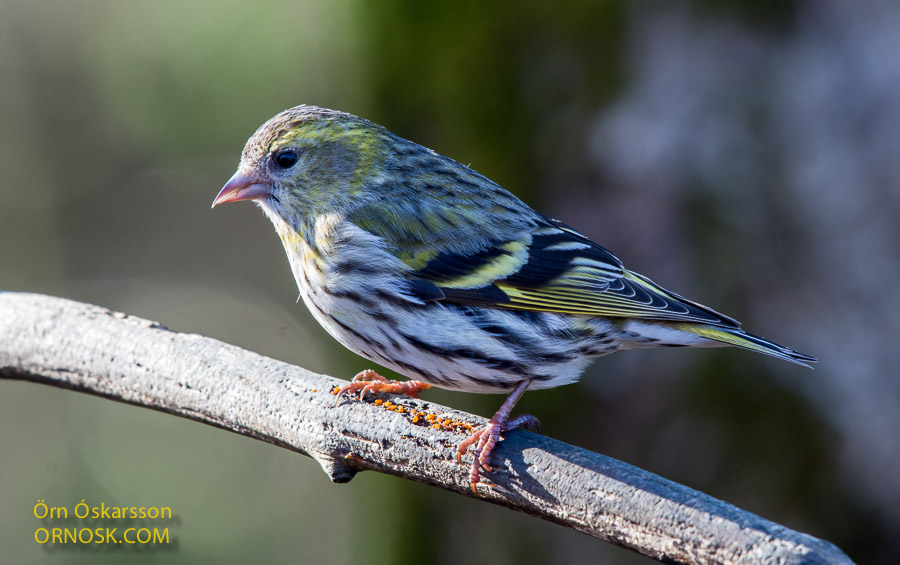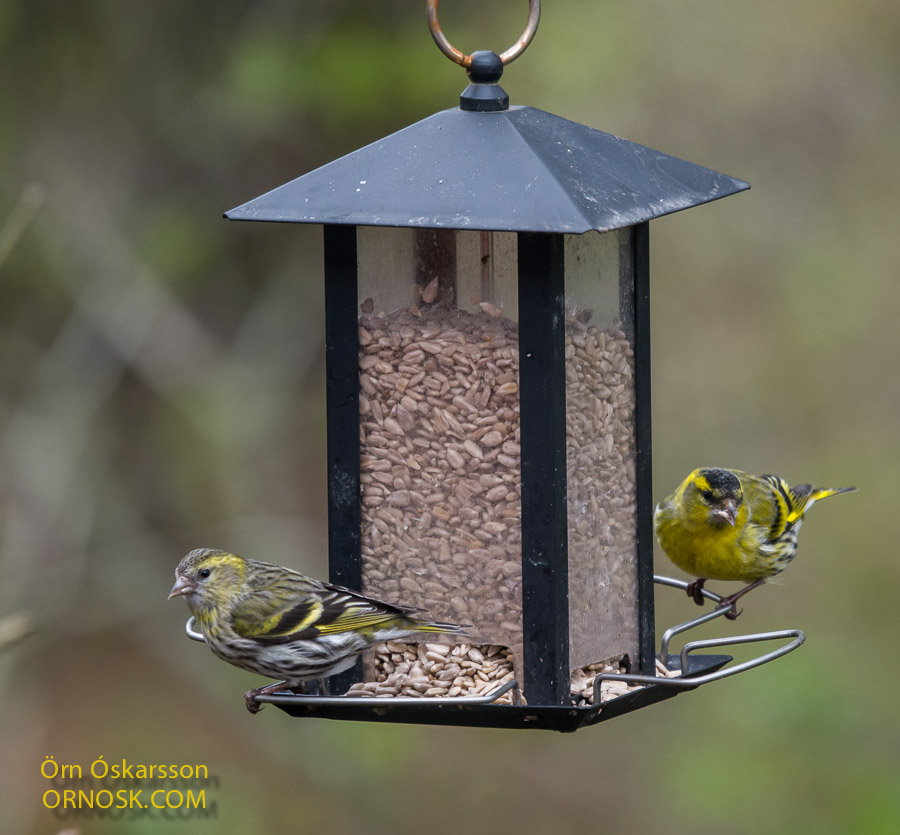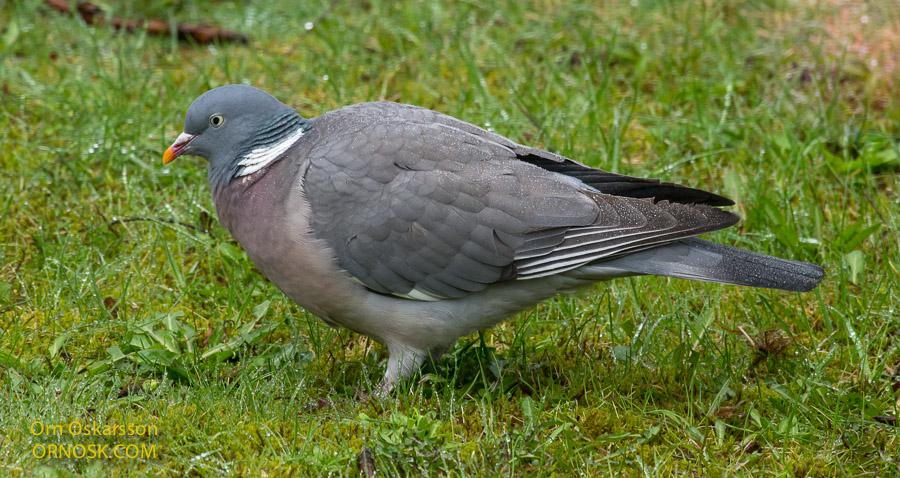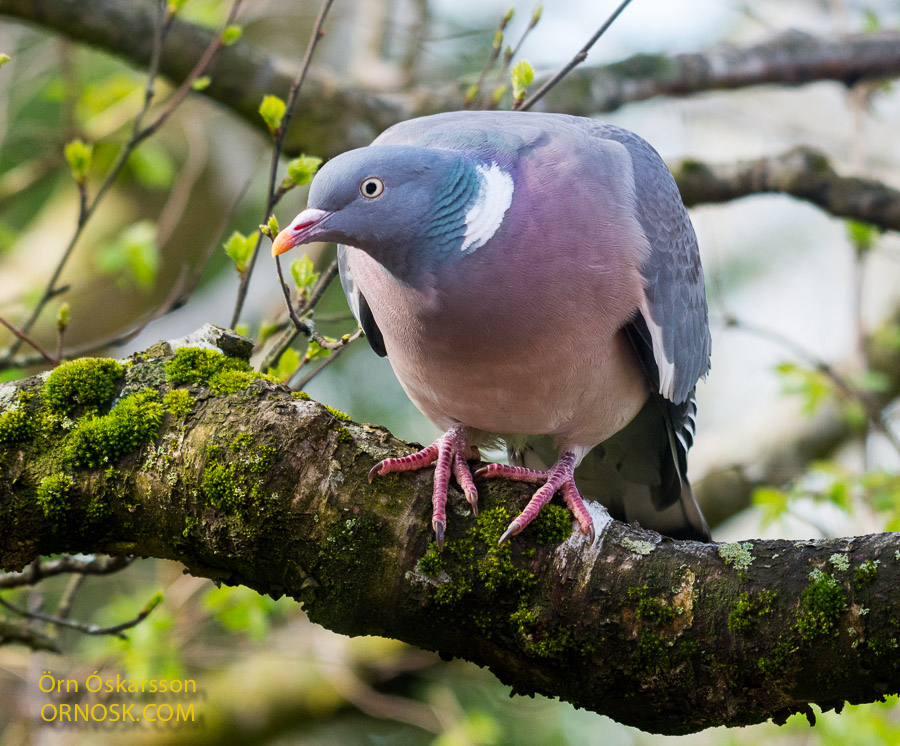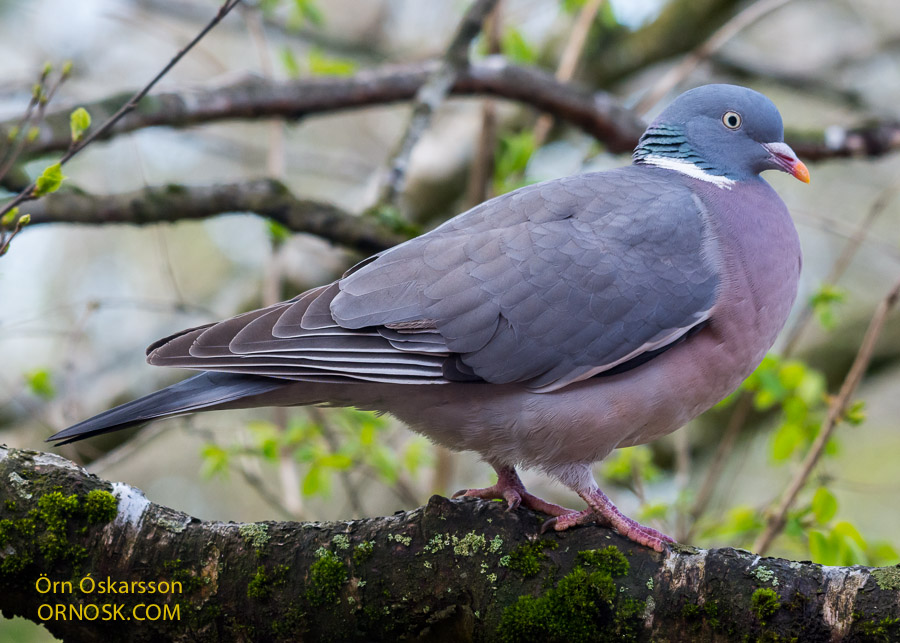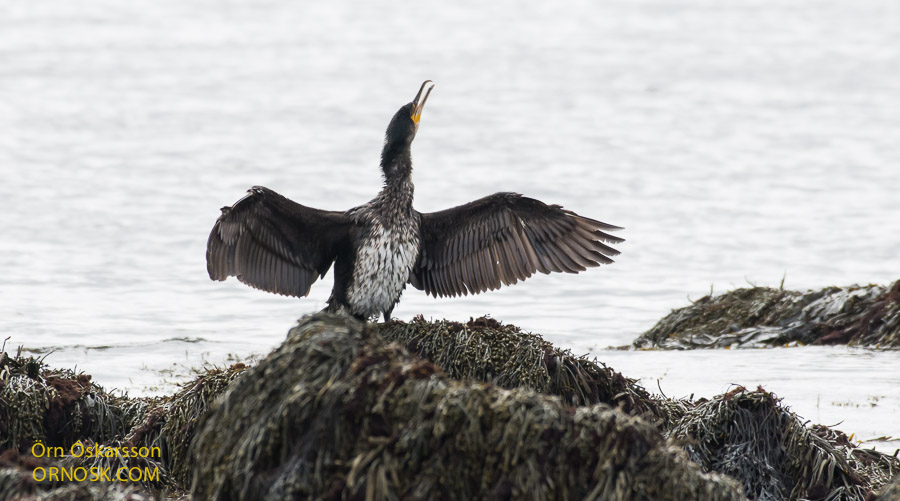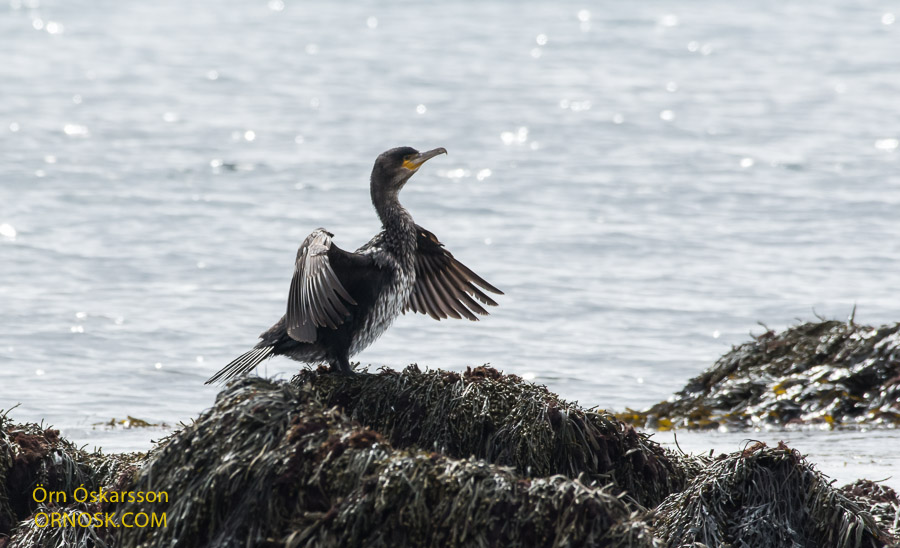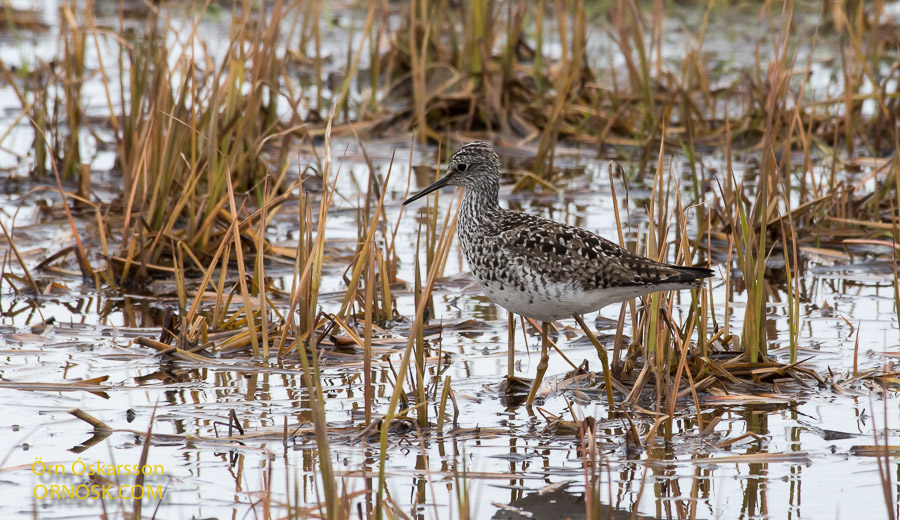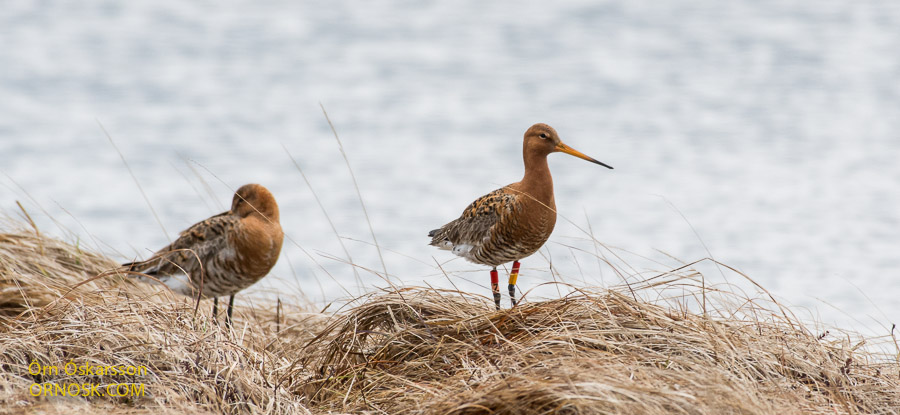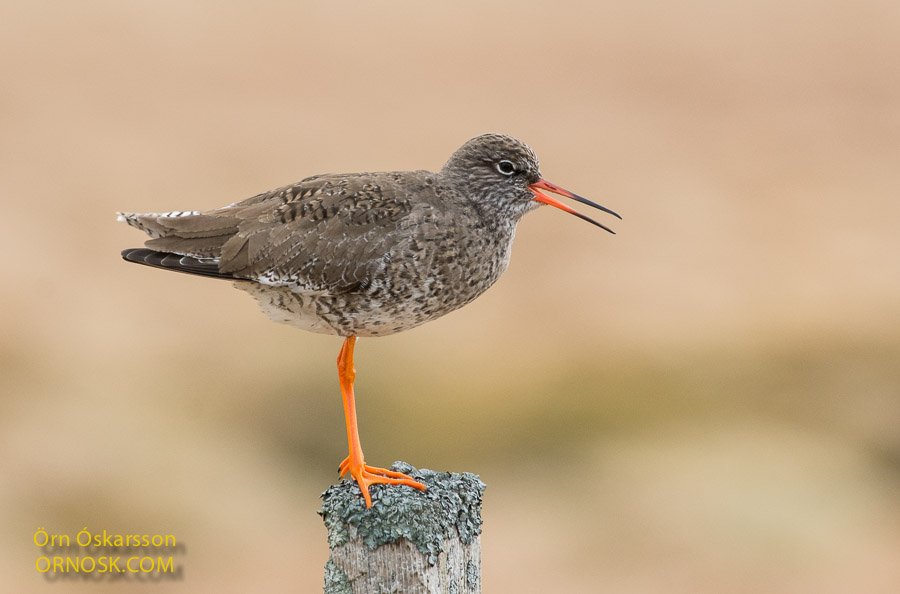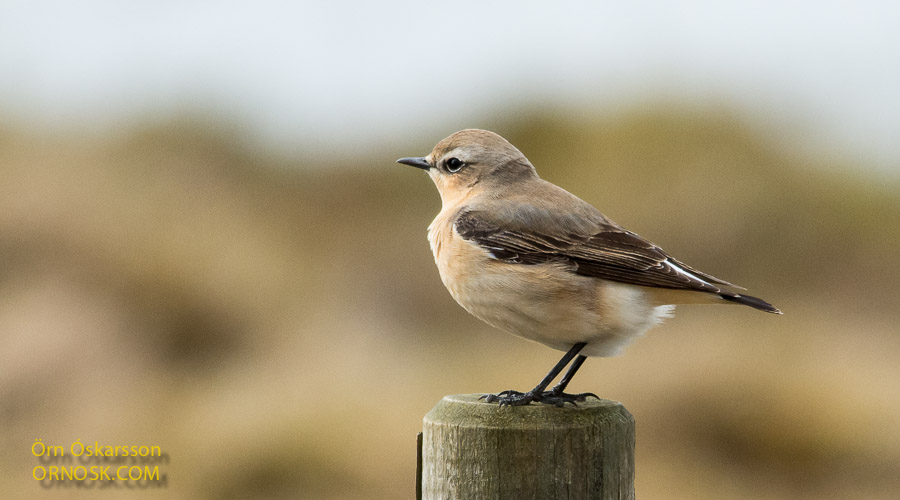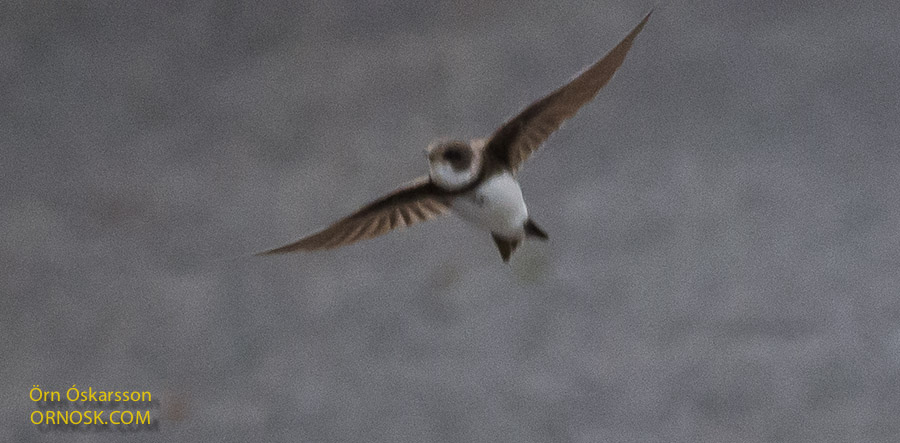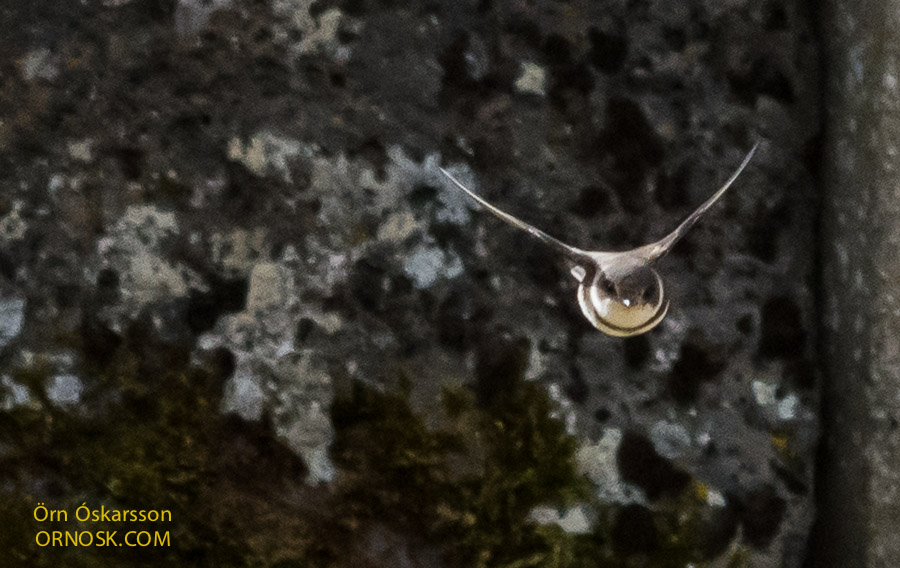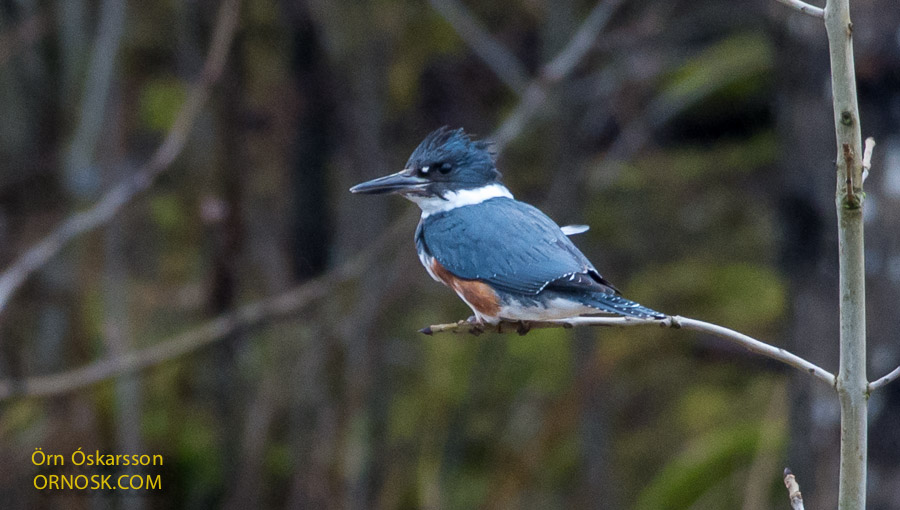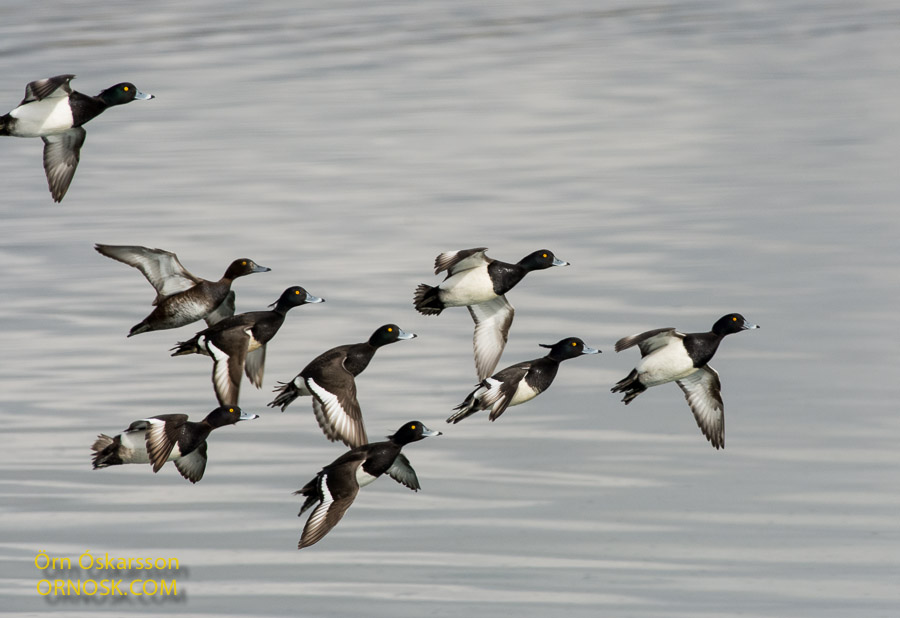
The Tufted Duck is a small diving duck and a common breeding bird in Iceland. In winter some choose to stay on lakes and ponds that do not freeze but others migrate to the British Isles and South Europe. In spring they can usually be seen on River Ölfusá and in the last few years some have stayed by the river winter long. They breed by shallow lowland lakes where feed is abundant.
The male is black and white but the female is less decorative in its dark brownish plumage. They get their name from the obvious tuft on their head. The Tufted Duck is probably one the most common ducks in Iceland after the Eider and the Mallard.


